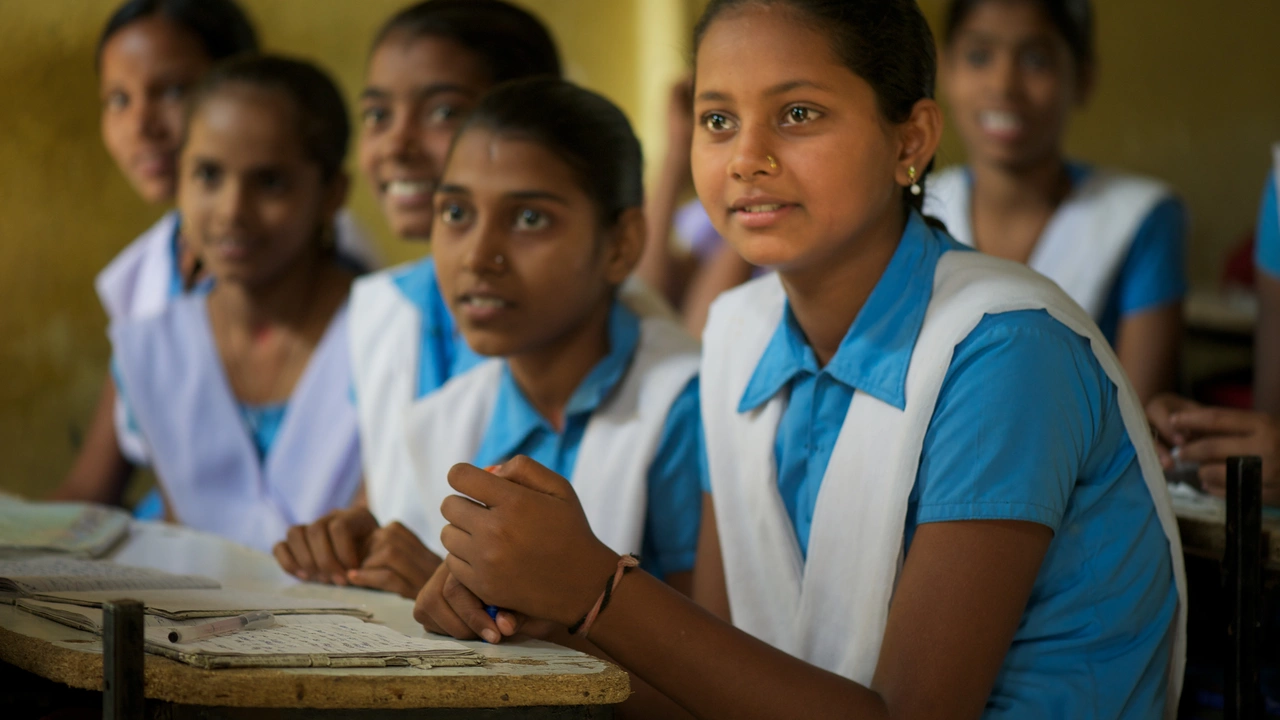
Understanding the Education System: A Practical Walkthrough
Ever feel confused about how schools and colleges are set up? You’re not alone. The education system can look different from one country to another, but the core idea is the same: help you learn, grow, and land a good job. Below we break down the main stages, point out key differences between India and the USA, and show you how to use the Jabin College Library Info site to get the most out of your studies.
What the Education System Looks Like in India
In India, the journey usually starts with pre‑primary (play school), then moves to primary (grades 1‑5), upper primary (6‑8), secondary (9‑10) and higher secondary (11‑12). After that, you either join a college for an undergraduate degree or go for a professional course like engineering or medicine. Grades are given as percentages, and board exams at 10th and 12th grades are huge – they decide which colleges you can apply to.
One practical tip: keep a copy of your school certificates and marksheets in a digital folder. Jabin College Library Info lets you store PDFs, so you can pull them up when you need to apply for scholarships or internships.
How the USA Education System Differs
The U.S. model divides education into elementary (K‑5), middle school (6‑8), high school (9‑12), and then college or university. Instead of board exams, you get a GPA (grade point average) each semester. Standardized tests like the SAT or ACT are used for college admissions, but many schools now consider extracurriculars and personal essays too.
For anyone planning to study abroad, the library’s e‑resources can help you prep for these tests. Look for free SAT practice books, sample essays, and video tutorials in the digital collection.
Regardless of where you live, the education system aims to build skills that match the job market. That means staying up‑to‑date with new courses, like data science or digital marketing, which often appear as short‑term certificates or online modules.
Using Jabin College Library Info to Boost Your Learning
Here’s how you can turn the library into a personal mentor:
- Search for research papers. Need a quick reference for a project? Use the site’s keyword search and filter by year.
- Download e‑papers and e‑books. The library offers PDFs you can read offline – perfect for study sessions without internet.
- Stay updated with news. The “education system” tag gathers articles about policy changes, exam schedules, and scholarship alerts.
- Ask the community. Many posts include expert opinions (like cost of research papers or differences between a life coach and a counselor) that can help you decide on extra‑curricular activities.
Remember, the best way to master any system is to treat it like a roadmap. Identify the milestones – finishing high school, passing entrance exams, enrolling in a degree – and use the library’s resources to clear each step. Keep your goals visible, track progress weekly, and don’t shy away from asking for help.
Whether you’re navigating India’s board exams or the U.S. GPA grind, the fundamentals stay the same: stay organized, use reliable resources, and keep learning beyond the classroom. With Jabin College Library Info at your fingertips, you’ve got a solid partner to guide you through every twist and turn of the education system.
